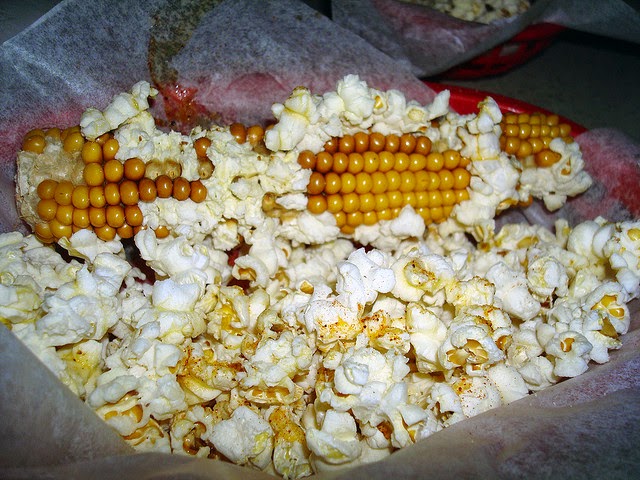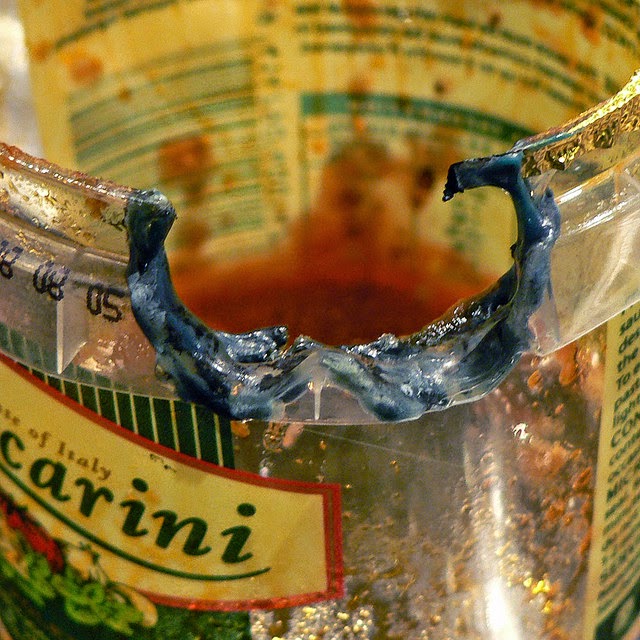Maybe you wanted to make your own coffee, but growing is difficult and you don’t live on a mountain in the middle of Ethiopia, so you would only be able to grow poor little coffee plants. Or maybe you did grow some coffee but when you processed it you just wound up with a fermenting pile of mush. Either way, somewhere along the line you just gave up and decided to buy some green beans online. Roasting can’t be that hard, right? It’s just, what, baking?
Well, you’re in luck. Anyone with an oven or a stove, or (for the desperate folks out there, a popcorn popper, can roast coffee). Unfortunately, roasting good coffee can be tough. It’s not as simple as just tossing the beans in a heated drum and walking away.
No matter what you’re using, when you toss a bean in the heat, the beans will dry out before anything else happens. Even though some of that moisture was dealt with in the processing, there’s still a little hanging on. One surprising side effect of this is that drier coffee beans will actually roast quicker. So sometimes in the depths of our Maine winters the coffee will roast quicker, despite Jack Frost’s best attempts to cool the process down.
Once the beans are dry they will start to caramelize. That’s right, the same process that makes a decadent sweet is behind coffee’s awesomeness. Okay, maybe not so surprising. There are a lot of sugars in those green beans, but we don’t want them to just be sweet, we want them to be complex.
 |
| Coffee is not Kool-Aid Picture by Arun Joseph is licensed under CC BY NC SA 2.0 |
Once the beans reach 394 degrees Fahrenheit (give or take a few) they will crack. Think popcorn. It’s an audible sound that is called first crack and is considered the point when coffee becomes drinkable, by most.
 |
| Coffee might be popcorn, kinda. Don't tell coffee I said that. Picture by Janet Lackey is licensed under CC BY NC 2.0 |
If you keep the heat going until the beans reaches 437 degrees Fahrenheit (again, give or take a few—coffee is complicated), they will actually pop again. At this point, all of the sugars have been caramelized, most of the delicate flavors have been burned off, and there will be a lot of ‘darker’ flavors—think chocolate and smoke. This is also the end of a stage called pyrolysis, which began with first crack, for all of the science-y types out there.
 |
|
Coffee: a more reasonable and fashionable outlet for the seasoned nerd
Picture by Andrea Allen is licensed under CC BY 2.0
|
A good roaster wants to balance a nice sweetness with a rich complexity. If you roast a bean too long you risk losing some of the bean’s more delicate flavors, and if you get crazy and decide to keep on going, all you will taste will be the roast. Some appreciate the darker roasts for their chocolate flavor and rich mouthfeel, but some consider dark roasts to be burnt, tasting like carbon and even plastic if the roast goes too far.
 |
| Coffee is also not plastic. Picture by Brenda Anderson is licensed under CC BY NC SA 2.0 |
There’s not just the level of the roast to worry about, but also how it got there. If you don’t treat the coffee well, heat it gently and keep it constantly moving, you risk beans that are unevenly roasted. This could mean one side is burnt while the other is a nice rich brown, or that maybe the outside is just where you want it to be, but the inside is still green. The resulting coffee can taste, at the same time, burnt and vegetal, a kind of unfortunate conundrum.
Now you know the process: next time we will talk a little bit more about what roasters use on different levels, and how you might go about roasting coffee at home.
